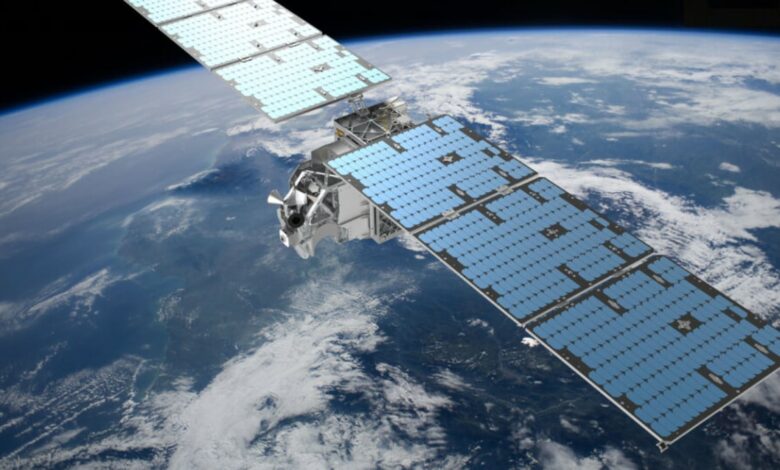ESA launches new satellite with AI technology to study Earth observation

On 16 August 2024, ESA’s Φsat-2 satellite was successfully launched via the SpaceX Falcon 9 rocket from Vandenberg Space Force Base in California. This mission marks a major step forward in Earth observation technology. Φsat-2, an advanced CubeSat, is equipped with advanced artificial intelligence and a multispectral camera. This combination allows it to process and analyse satellite images in real time while in orbit, a major shift from traditional methods that require data to be transmitted and processed on the ground.
Improvements in AI for space-based monitoring
Φsat-2’s Real-time processing capabilities represent a significant advance in the way space data is processed. Unlike conventional satellites that send large amounts of raw data back to Earth, Φsat-2 processes images directly on board. This approach reduces the need for extensive downlinking of data, which is often hampered by cloud cover and other obstacles. The AI applications on board the satellite ensure that only the most useful and clear images are returned, improving both the speed and quality of the information available.
Advanced on-board applications
Φsat-2 includes several innovative applications designed to meet different needs. The Cloud Detection app, developed by KP Labs, identifies and filters images obscured by clouds, improving the clarity of the data. Another key application, Sat2Map from CGI, converts satellite images into detailed street maps, useful for disaster relief. CEiiA’s Maritime Vessel Detection tool uses machine learning to monitor and classify ships, helping with maritime safety and environmental conservation.
Future developments
Additional applications will be integrated into the Φsat-2 system once it is fully operational. These include marine anomaly detection, which will identify threats such as oil spills, and wildfire detection, which will provide real-time updates on fire outbreaks. This project, led by Open Cosmos and supported by several partners, aims to redefine the way we observe and respond to changes on Earth.
With Φsat-2, ESA is pushing the boundaries of artificial intelligence (AI) in space and setting a new standard for actionable insights from space.




